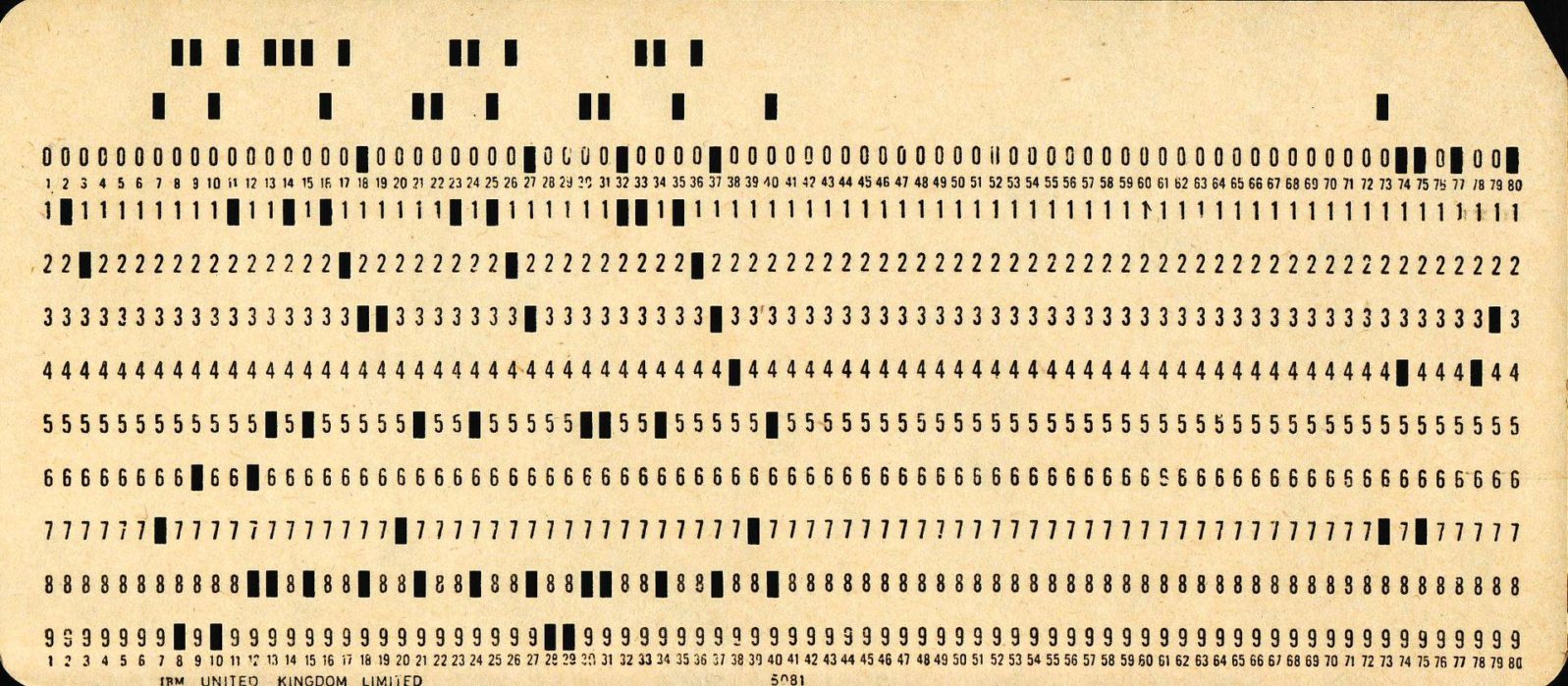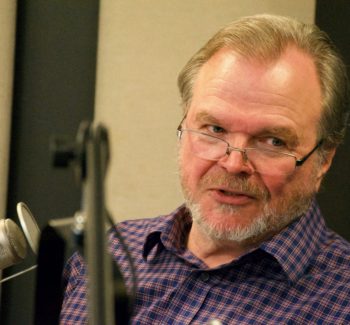Why we don’t think like computers
If we thought like computers, we would repeat package directions over and over again unless someone told us to stopIn the most recent Mind Matters.ai podcast, “Gee-Whiz tech and AI reality – Part I, Larry L. Linenschmidt of the Hill Country Institute interviews Walter Bradley Center director Robert J. Marks talk about the nature and limitations of artificial intelligence from a computer science perspective. (The interview was originally published by the Hill Country Institute and is rebroadcast with thanks.)
Here’s a partial transcript:
15:43 | How do computers function?
 His Hill Country organization's site
His Hill Country organization's siteLarry L. Linenschmidt (left): What computers are, how they work, you know, the cards I had for programs back when I was at UT [University of Texas] in the business school, if they got out of order, I was in big trouble. And today…
Robert J. Marks: (laughs, interrupts) I worked with those punch cards, endless pain, that really ages us, doesn’t it. That was a long time ago. Kids today don’t even know what those punch cards are.

Note: Linenschmidt and Marks are referring to the light cardboard punch cards used to load software and data into computers up till the early 1970s. Holes representing data points were punched in the cards at various points and they were loaded into the computer for reading. A misplaced card could seriously damage results. (See illustration above, courtesy Peter Birkinshaw, CC 2.0) )
Larry L. Linenschmidt: Yeah. When I read the term “classical computer,” I want to know, how does a computer function? Let’s build on that to talk about “supercomputers” and how these things work so that we can then talk about the theory of AI and what it is and what it isn’t.
 Robert J. Marks
Robert J. MarksRobert J. Marks (right): Well, computers, as we know them today, were actually popularized by Alan Turing (1912–1954). You might recognize his name. He had a biography in the movie The Imitation Game (2014) where Alan Turing was played by Benedict Cumberbatch. Alan Turing was really a genius and he was the one who actually invented the idea of computers. And he used a type of computer to break the Enigma code of the Nazis back in World War II. That was the subject of the movie:
But basically, Turing started the idea that computers were limited by something called “algorithms,” and we hear “algorithms” a lot. You know, “Such-and-such is doing an algorithm,” and “Facebook has initiated an algorithm to do something,” and the question is, “What is an algorithm?”
17:18 | Algorithms — recipes for computers
Robert J. Marks: An algorithm is simply a step-by-step procedure to accomplish something. So if you go to your shampoo bottle and look at the back, it says: Wet hair. Apply Shampoo. Rinse. And then repeat.
That’s an algorithm because it tells you the step-by step procedures that you need to wash your hair.
Larry L. Linenschmidt: Well, that’s a pretty short algorithm for me so I don’t have much fear—so go right ahead:
Robert J. Marks: Well, the interesting thing about that algorithm is that if you fed it to a computer, that computer would “wash its hair” forever because it doesn’t say “Repeat once,” it just says “repeat”.
Larry L. Linenschmidt: So you would do it again and again and again…
Robert J. Marks: So a proper shampoo, make sure your proper shampoo says: Repeat once, so you don’t spend all your time in the shower shampooing your hair.
But an algorithm… I like to think of as a recipe. And if you look at the directions for baking a vanilla coconut cake for example. It will tell you the ingredients that you need and then it will give you a step-by step procedure for doing it.
And that is what an algorithm is and it is what computers are limited to do. Computers are only able to perform algorithms.
18:50 | Some non-algorithmic human qualities
Robert J. Marks: And so one of the things that we can identify that humans can do, that computers can’t do are things which are non-algorithmic. And if it’s non-algorithmic, it means it’s non-computable.
Actually, Alan Turing showed, in his original work, that there are things that are not algorithmic. It is very difficult, for example, to write a computer program to analyze another computer program. And Turing showed that specific instantiations of that were non-algorithmic. This is something that is taught to freshman computer science students so they know what algorithmic and non-algorithmic or non-computable is. And again, non-computable is a synonym for non-algorithmic.
We have a number of aspects that we exhibit that are not algorithmic. I would say, qualia, creativity, sentience, consciousness are probably things that you cannot write a computer program to simulate.
Part II is coming soon. Meanwhile, don’t miss these dialogues between Jay Richards and Larry L. Linenschmidt: about job-proofing yourself in a digital age:
Technology kills jobs, creates new ones
and
Robot-proofing your career Peter Thiel’s way
